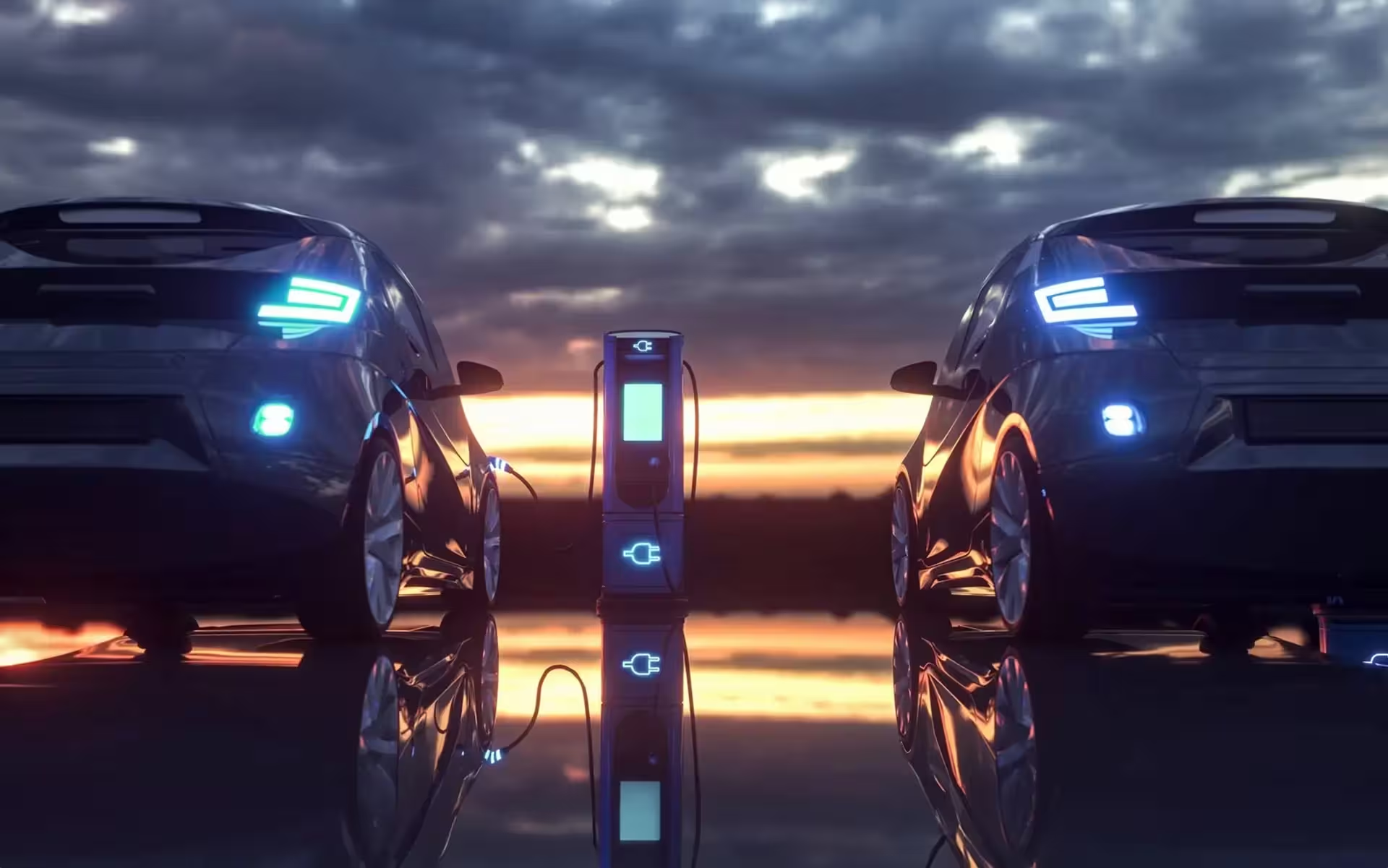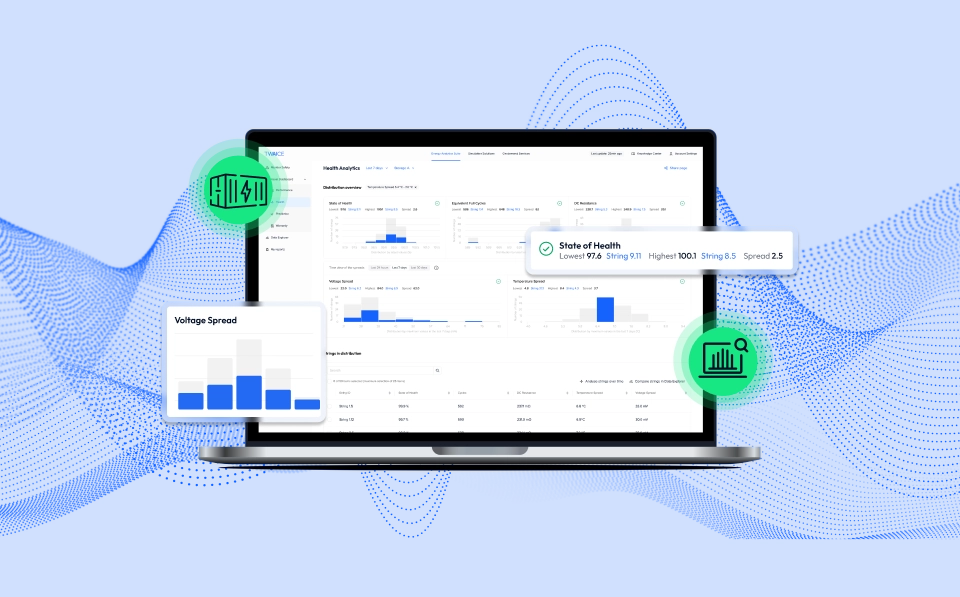Fast charging is a key differentiator for OEMs, but avoiding lithium plating remains a fundamental challenge in Li-ion battery system design. It can lead to capacity loss and severe safety risks. Our latest whitepaper explains how anode potential modeling can prevent lithium plating risks.

Modeling Lithium Plating Conditions Over Aging for Safe Li-Ion Battery Fast-Charging
Fast charging is critical for EV adoption, but it increases the risk of lithium plating. Lithium plating occurs when lithium deposits as metal on the anode, rather than properly intercalating into the electrode material. This can lead to capacity loss, performance degradation, and serious safety risks such as internal short circuits and thermal runaway.
One of the biggest challenges in preventing lithium plating is that it cannot be directly measured in a full-cell setup. Instead, battery engineers rely on indirect indicators and extensive experimental testing, making it difficult to accurately define safe charging protocols.
At TWAICE, we’ve tackled this challenge with our latest Anode Potential Simulation Model. It enables fast and reliable lithium plating prediction to optimize charging strategies.
We’ve explored this topic in depth in our latest whitepaper, where we break down the mechanics of lithium plating and how anode potential modeling can optimize fast charging protocols.
The whitepaper describes:
- Lithium Plating and Why It Is a Problem
- How to Avoid Lithium Plating
- Safe Charging Conditions Change with Aging
- Modeling Lithium Plating Onset
- A New Generation of Aging Models
- Designing Safe Charging Protocols with Aging
- Validating Safe Charging Protocols Throughout the Lifetime

See TWAICE Energy Storage Analytics in Action
Sign up for the next live group demo and learn how TWAICE can transform your BESS operations. In just 30 minutes, you’ll get a demo of key features and use cases, and engage with our product experts for a live Q&A.




(1).avif)
%20(1)%20(1).avif)
.avif)
